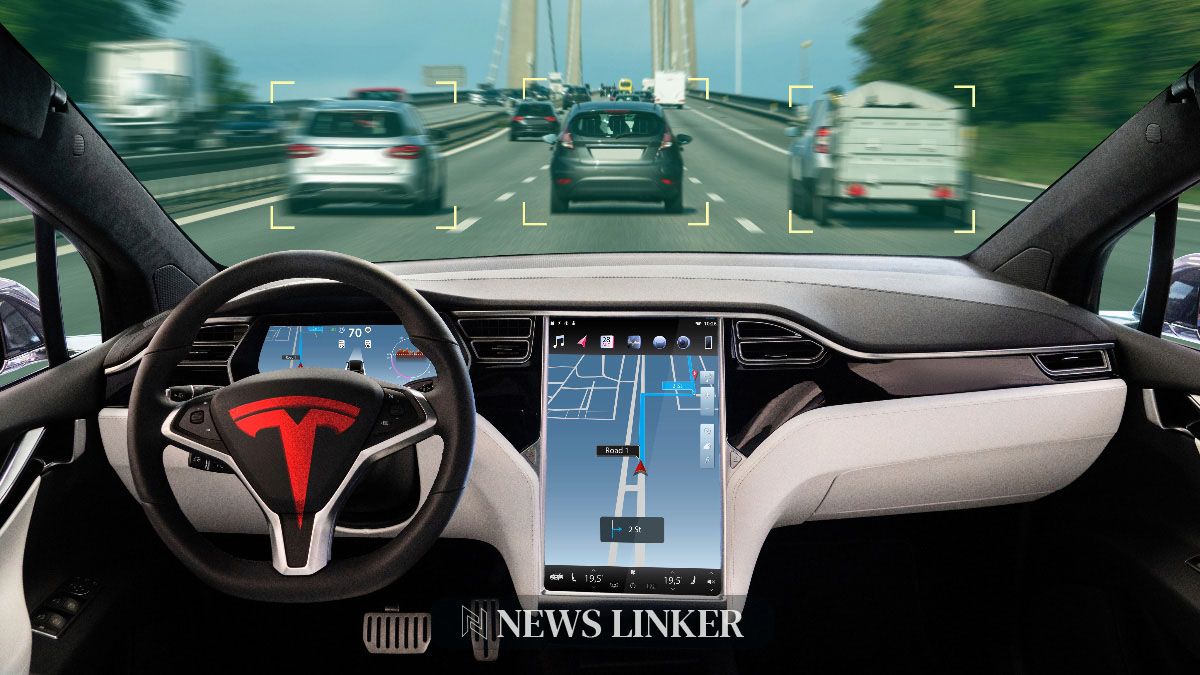In a strategic move embracing interoperability, Lucid Motors will offer its electric vehicle (EV) clientele the ability to tap into Tesla’s expansive Supercharger network. Starting in 2025, Lucid’s adoption of the North American Charging Standard (NACS)—commonly referred to as the Tesla plug—promises enhanced charging convenience for its luxury EVs.
This initiative places Lucid amongst a cadre of automakers, including giants like Ford, General Motors, and Toyota, who have pledged allegiance to NACS, signifying a collaborative shift in the EV industry. The integration aims to dissolve barriers, providing Lucid owners with a NACS adapter for their current vehicles and designing future models to incorporate NACS ports directly, eliminating the need for adapters.

Lucid’s current vehicles boast a 900-volt charging architecture, promoting rapid charging capabilities. However, the existing Tesla Superchargers, operating at around 500 volts, cannot fully exploit this feature. Tesla’s deployment of V4 Superchargers may align closer to Lucid’s high-voltage system, potentially enhancing charging times.
This unified approach, endorsed by Lucid CEO Peter Rawlinson, underscores a broader vision—a standardized charging infrastructure to accelerate America’s transition to electric mobility. Rawlinson, a former Tesla chief engineer and pivotal in the design of Tesla’s charging plug, brings a unique perspective to this electrifying alliance.
While the immediate benefit is the vast increase in accessible charging points, the finer points of the transition merit consideration. The difference in charging voltage between Lucid’s vehicles and the existing Supercharger network highlights a temporary compromise—accessibility over optimal charging speed.
The EV landscape is witnessing a pivotal transition. The embrace of a shared charging standard could herald a new era of electric mobility, marked by seamless user experiences and collaborative advancements. As automakers unite under a common charging protocol, the path to widespread EV adoption appears increasingly charged with potential.










